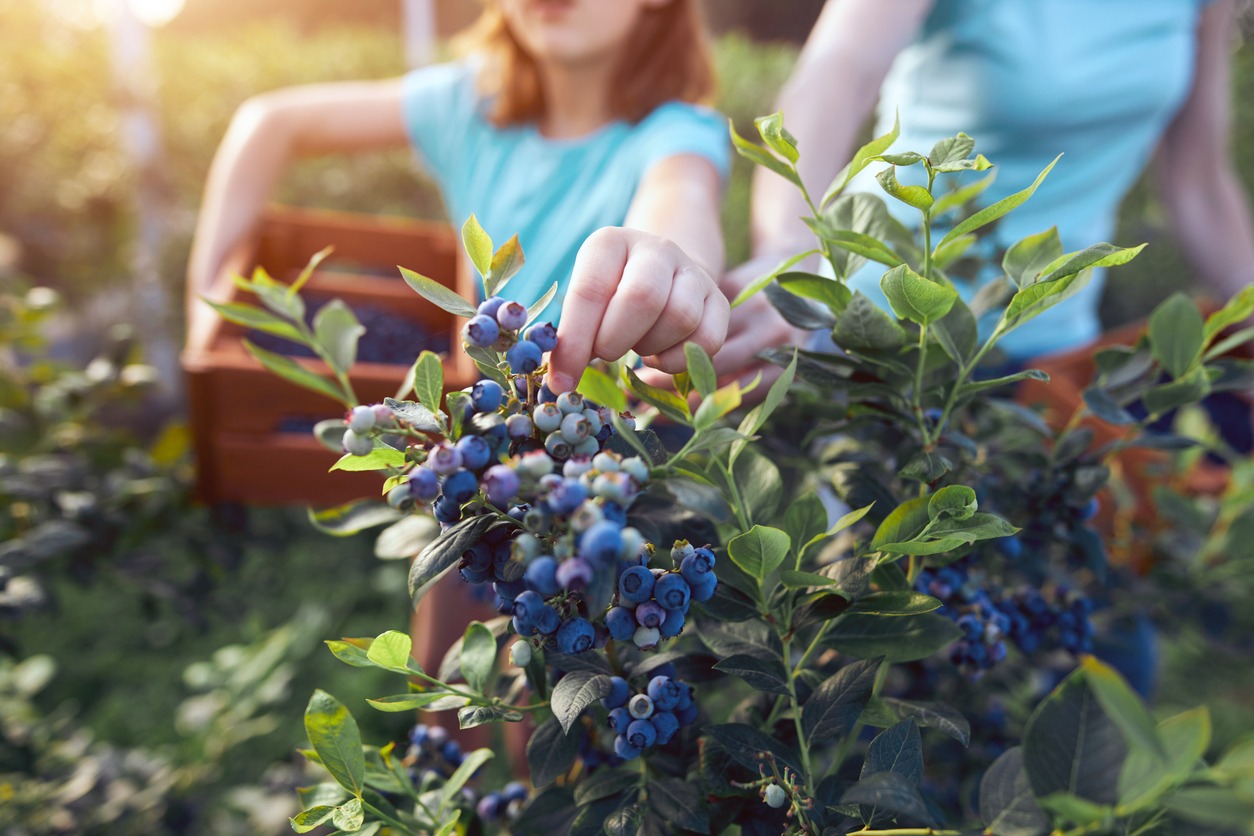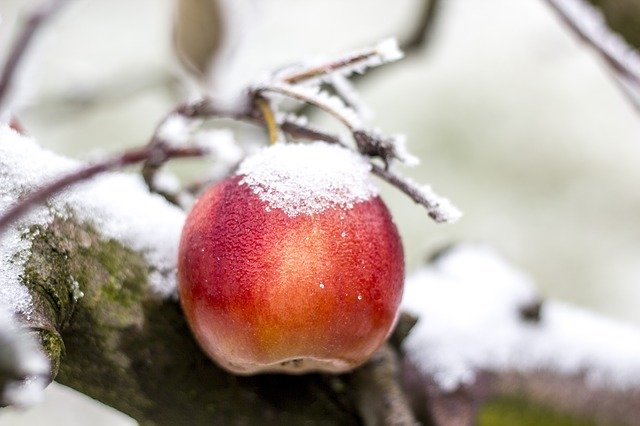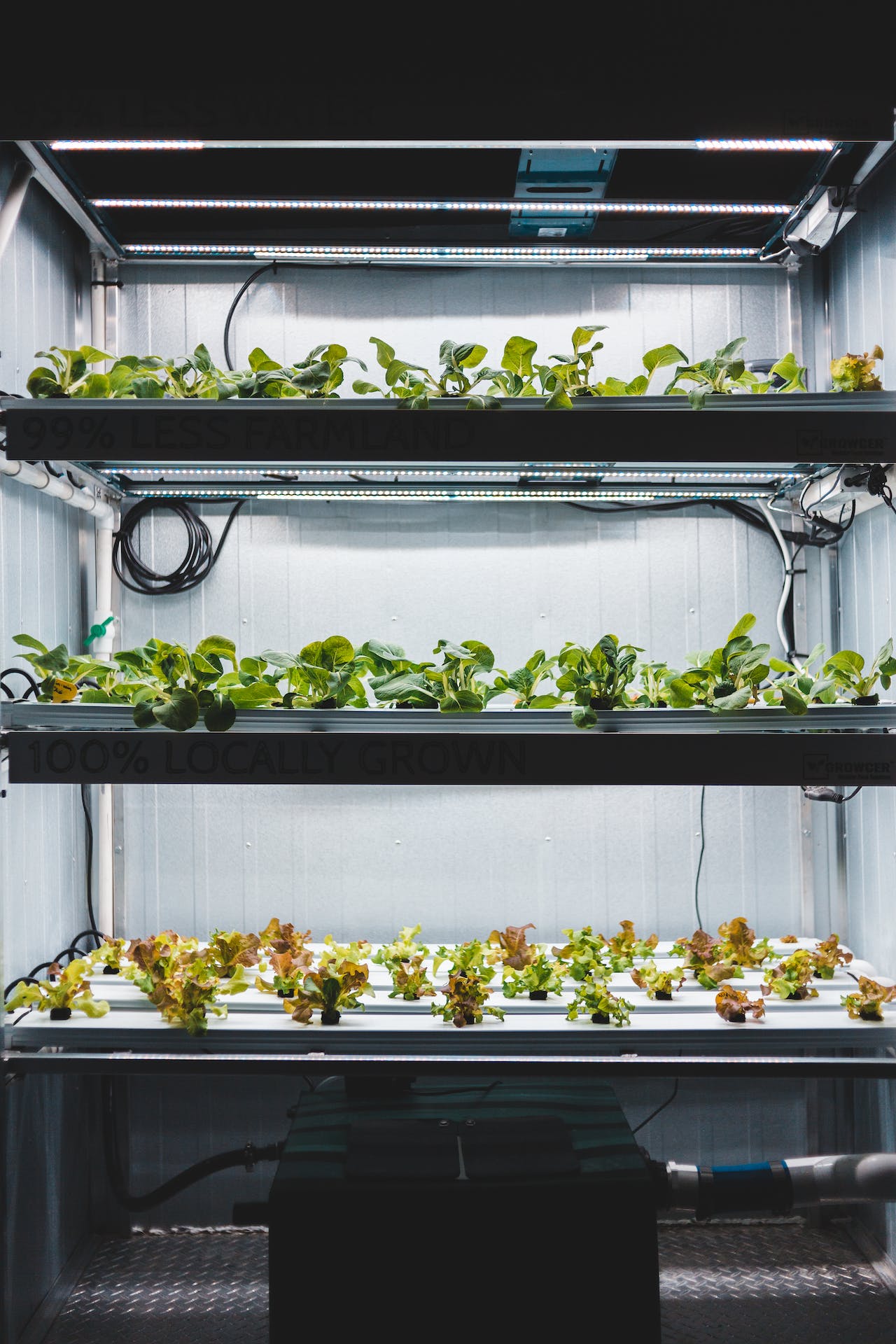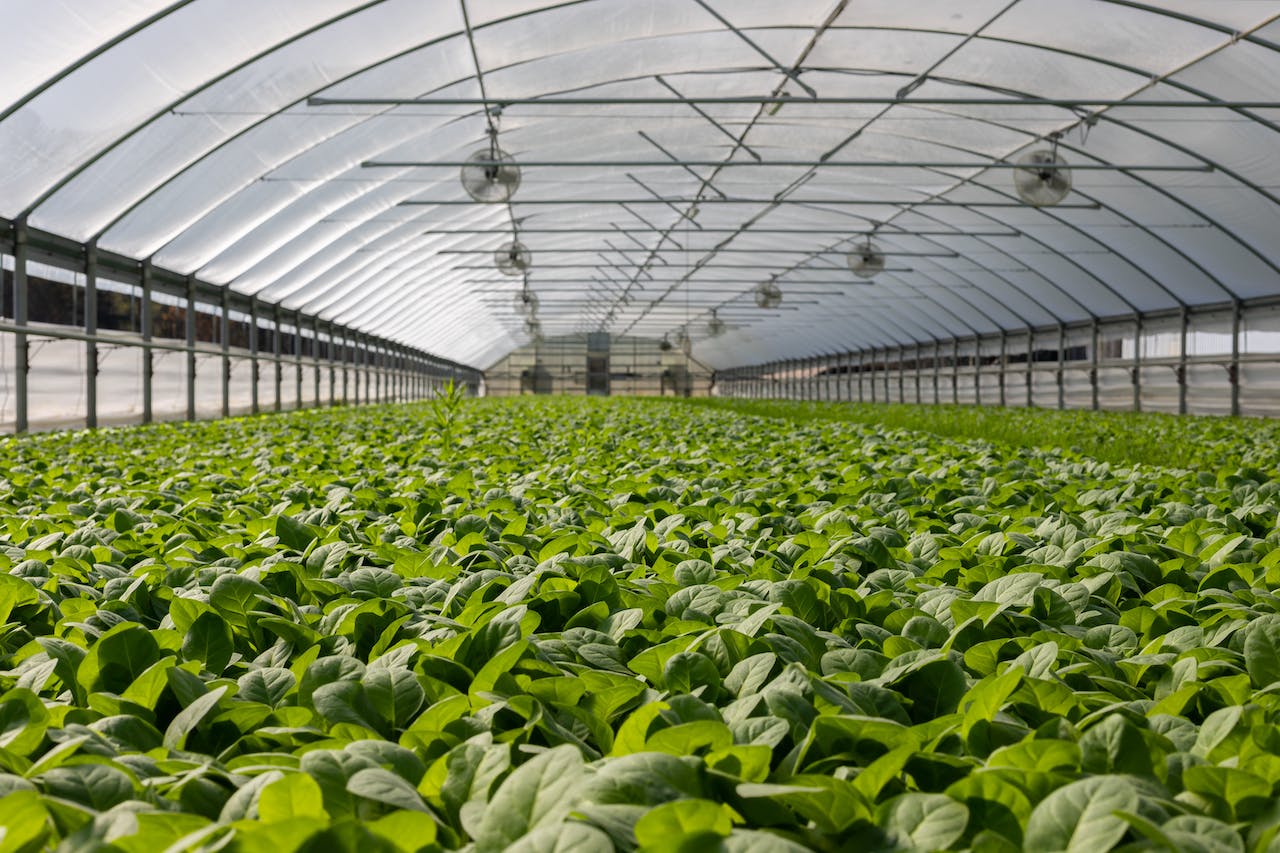Best Berries to Grow on Your Homestead and How to Use Them

Berries are a true blessing for homesteaders, bringing fresh flavor, health benefits, and versatility straight from the garden. From blueberries to elderberries, homegrown berries provide an abundant harvest that is easy to grow and a delight to use in the kitchen. With the right varieties and a few helpful tips, anyone can create a berry-filled homestead that will produce delicious fruit year after year.
This guide covers everything needed to grow a successful berry garden, from choosing the best varieties and designing a garden to preserving and enjoying the harvest in numerous ways. Here are the best berries to consider, each with its own unique benefits, uses, and growing requirements.
1. Blueberries
Blueberries are a homestead favorite, offering antioxidant power, rich flavor, and easy cultivation. Packed with vitamins C and K, fiber, and heart-healthy antioxidants, blueberries are one of the most popular berries to grow. These small, nutrient-dense fruits are great for eating fresh, baking, or preserving as jam or jelly.
Growing Tips Blueberries thrive in acidic soil with a pH of 4.5-5.5, so adding peat moss to the soil or using a specialized fertilizer will encourage healthy growth. Blueberries grow best in full sun but can tolerate partial shade. For small spaces, compact varieties like ‘Top Hat’ or ‘Jelly Bean’ are ideal, as they grow to only about two feet tall.
In climates with cold winters, lowbush blueberries are hardy options. In milder climates, rabbiteye blueberries perform well and can even grow into small shrubs. Once planted, blueberries require little care beyond occasional pruning after three years. With regular watering and good sunlight, they’ll yield a generous crop from mid-summer to early fall.
How to Use Blueberries Blueberries are delicious fresh off the bush or sprinkled over yogurt and granola. For long-term use, try making blueberry jam, freezing them, or baking them into pies and muffins. The rich, sweet flavor of blueberries also makes them perfect for homemade syrups and wine.
2. Raspberries
Raspberries bring vibrant color and rich flavor to the homestead. Known for their high fiber content and antioxidant polyphenols, raspberries, especially black varieties, support heart health and are incredibly easy to grow.
Growing Tips Raspberries grow best in well-drained soil with full sun. Plant raspberry bushes 2-3 feet apart to give their root systems room to spread. Adding compost and a balanced organic fertilizer in late winter will encourage healthy growth. Raspberries send up new shoots each year, allowing them to multiply naturally.
For cooler regions, red raspberries like ‘Heritage’ or ‘Latham’ are ideal. Those in warmer climates can try black raspberries, which offer higher antioxidant content and grow well in USDA hardiness zones 5-8. These hardy plants require minimal care once established, and regular pruning can help maintain a high yield.
How to Use Raspberries Fresh raspberries add a burst of flavor to salads, desserts, and smoothies. They’re also wonderful for jams, pies, and sauces. Raspberries freeze well, so consider freezing extra berries for use throughout the year. Homemade raspberry wine or vinegar are unique ways to enjoy this berry’s rich flavor.
3. Strawberries
Strawberries are perhaps the most beloved berries in any garden. These perennials produce fruit each year, offering vitamins C and K along with a sweet, juicy flavor. With so many varieties to choose from, it’s easy to find a strawberry that suits any garden space or climate.
Growing Tips Strawberries prefer well-drained, nutrient-rich soil in full sun. For homesteaders who want a large crop at once, June-bearing strawberries provide a single harvest in early summer. Everbearing strawberries, on the other hand, produce smaller amounts of fruit throughout the growing season.
Strawberries are also excellent for container gardens, making them ideal for small spaces. Their runners make propagation easy, allowing the strawberry patch to expand each year. Adding organic mulch can help retain moisture and reduce weed growth, leading to healthier plants and larger berries.
How to Use Strawberries Strawberries are versatile in the kitchen, perfect for fresh snacking, shortcakes, or blending into smoothies. They also make delicious jams and jellies. For a treat that lasts all year, freeze-drying strawberries capture their flavor and sweetness perfectly.
4. Blackberries
Blackberries are one of the hardiest berries and are a homesteader’s dream due to their high yield and minimal care requirements. These nutrient-dense berries are high in vitamins C and K and provide plenty of fiber and antioxidants, making them a healthful addition to any homestead.
Growing Tips Blackberries grow well in USDA hardiness zones 5-10. They prefer full sun and slightly acidic to neutral soil. Newer thornless varieties make harvesting easier and can be trained along fences or walls. For the best results, water regularly during the first growing season and apply organic mulch to retain moisture and prevent weeds.
Choose varieties suited to local climates, such as trailing types in warmer areas or erect types in colder regions. Blackberry bushes will produce fruit by their second year, and many primocane varieties bear fruit in their first year, providing a quick return on investment.
How to Use Blackberries Blackberries are perfect for fresh snacking, cobblers, and smoothies. They also make fantastic jams and are popular in homemade wines and liqueurs. Freeze or can extra berries for year-round enjoyment.
5. Elderberries
Elderberries are valued for their immune-boosting properties. They are packed with vitamins C and A as well as antioxidants. These small, dark berries are often used in traditional medicine, and studies suggest elderberry extracts may help reduce the severity of cold and flu symptoms.
Growing Tips Elderberries grow well in partial shade with well-drained soil. They can tolerate colder temperatures and are often found in USDA zones 3-7. Plant elderberry cuttings or seedlings in early spring, spacing plants 6-10 feet apart to accommodate their large size. Watering regularly and mulching around the base will help retain soil moisture.
How to Use Elderberries Elderberries aren’t usually eaten raw due to their tartness and the presence of seeds, but they make excellent syrups, tinctures, and jams. These immune-boosting products can be enjoyed throughout the year and are popular as home remedies.
6. Gooseberries
Gooseberries offer a unique tartness that complements sweeter berries and is ideal for jams, jellies, and pies. These versatile berries come in green, red, and purple varieties and are cold-hardy, making them perfect for cooler climates.
Growing Tips Gooseberries thrive in USDA hardiness zones 3-8 and prefer partial shade. They can grow up to five feet tall, so space them accordingly to avoid overcrowding. Pruning regularly will help maintain their size and promote a healthier crop.
How to Use Gooseberries Their tart flavor pairs well with baked goods like pies and tarts. Gooseberry jams and jellies are delicious and unique additions to the homestead pantry. They can also be combined with sweeter berries for a balanced flavor.
7. Mulberries
Mulberries are a great option for those seeking a low-maintenance berry tree. These trees produce sweet berries in late spring to early summer, with colors ranging from red to black.
Growing Tips Mulberries are adaptable to various soil types and thrive in USDA zones 4-8. They require minimal pruning and little care once established, making them ideal for busy homesteaders. Plant mulberry trees where they have space to spread, as they can grow quite large.
How to Use Mulberries Mulberries are delicious fresh, in jams, or baked into desserts. They can also be dried and added to trail mixes for a sweet, chewy snack.
Designing a Berry Garden with Companion Plants
Creating a berry garden can be an enjoyable and rewarding process. Start by choosing berry varieties that suit the climate, soil, and personal preferences. Companion plants like thyme, lavender, or garlic can help deter pests and improve berry growth.
Incorporating trellises for raspberries or creating rows for blackberries can make harvesting easier. Use mulch around acid-loving plants like blueberries to maintain soil health. With a well-thought-out design, the garden will provide a beautiful, bountiful harvest season after season.
Harvesting and Preserving Techniques
After tending to the berry garden, it’s time to harvest the rewards. Each berry should be picked at peak ripeness for the best flavor. Preservation methods like freezing, canning, dehydrating, and freeze-drying allow the harvest to be enjoyed year-round.
- Freezing: Spread berries on a baking sheet before transferring to containers.
- Canning: Make jams or pie fillings for long-lasting, shelf-stable treats.
- Dehydrating: Perfect for creating dried snacks or granola ingredients.
- Freeze-Drying: Retains flavor, color, and texture for high-quality storage.
Culinary Uses for Homegrown Berries
From jams to desserts, homegrown berries offer a world of culinary possibilities. Classic uses include:
- Jams and Jellies: Perfect for strawberries, raspberries, and blackberries.
- Desserts: Berry pies, cobblers, and tarts showcase fresh flavors.
- Dried Snacks: Add dried berries to trail mixes or granola for easy, on-the-go snacks.
- Smoothies and Juices: Blending berries into smoothies captures their natural sweetness and health benefits.
Experimenting with recipes can be a great way to enjoy a berry garden’s harvest throughout the year.
Conclusion
Growing berries on a homestead is a fulfilling way to add fresh, nutritious fruit to any diet. With the right varieties and care, anyone can enjoy a productive and beautiful berry garden that will provide an abundance of fruit season after season.




